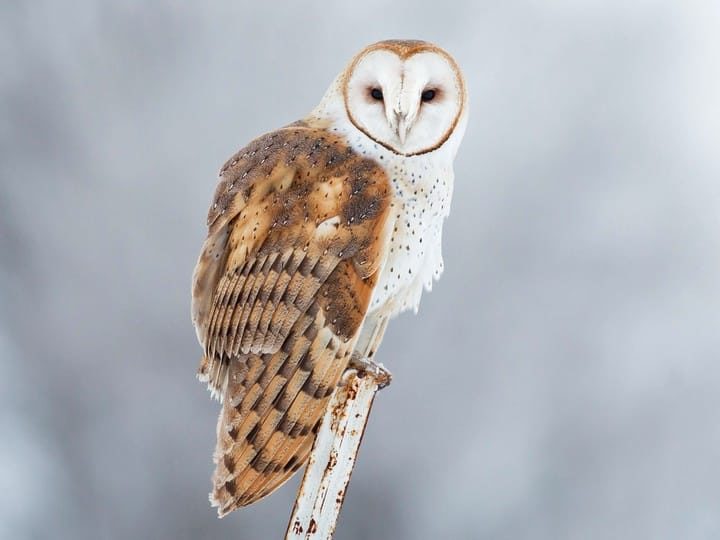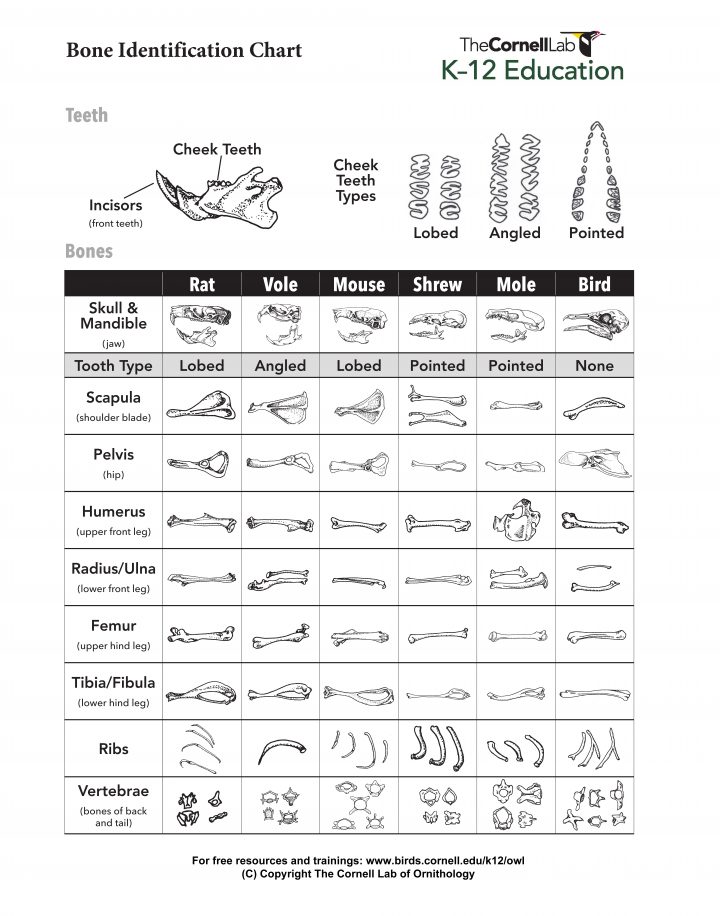Owl Pellet Teaching Tips
Owl Pellet Dissections: Ways to Boost Learning and Engagement
Owl pellet dissections are a very common hands-on activity in classrooms, but even if you’ve done them before, you might have some questions: How can I get the most out of the experience? What are owl pellets, and where do they come from? How can I easily manage the mess and maximize learning and engagement? As you dissect owl pellets with your child or students, these tips will make it easy and manageable for you, while boosting learning for the students.

Most pellets available for dissection are from Barn Owls. Barn Owl, by Darren Clark/Macaulay Library ML46140501 January 21st, 2017
Contrary to what kids might think, pellets are puke, not poop! Owls generally swallow their prey whole but are unable to digest certain parts such as bones, teeth, and fur. The owl’s gizzard packs the undigested parts into a ball called a “pellet” that they spit, or cast, back up. Owls generally cast about two pellets a day.
Pellets are a record of what owls have eaten, and scientists can study them to learn more about the owl and the ecosystems in which they live. When kids dissect owl pellets, they can see and identify the tiny bones from that owl’s meal, can learn about the owl’s diet and place in the food web. While owls are diverse (from the tiny Elf Owl, who eats moths and crickets, to the large Eurasian Eagle-owl, who eats rodents, rabbits, and other birds), almost of the pellets that sold for dissection are those of the Barn Owl. After a night of feeding on voles and other prey, Barn Owls often roost in barns and other abandoned buildings, where collectors can find trusted sources of fresh pellets. Pellets are then sorted, dried, packaged, and distributed to curious kids around the country.
Ready to dig in? Here are our top tips to get the most of your owl pellet dissections.
 1. Use accurate resources. Vole, mouse, or shrew? Download this free and scientifically accurate bone identification chart to help students solve the mystery of what their owl ate.
1. Use accurate resources. Vole, mouse, or shrew? Download this free and scientifically accurate bone identification chart to help students solve the mystery of what their owl ate.

2. Keep it Organized. Careful dissection can take some time. Dissecting each pellet in a plastic clamshell will help keep the bones contained over time, keep the mess to a minimum, and maintain great organization.
3. Keep it clean. The owl pellets you purchase are sterilized and safe, but if kids have qualms about touching them, you can always have some disposable gloves on hand. Keep gloves and other tools in or on the plastic clamshell so that they can be reused. Students should begin and end each lab by washing hands.

4. It’s better with a friend. Kids might struggle to share one pellet, but working in pairs will save costs, boost collaboration and discussion, and foster careful dissection. Kids enjoy having a partner to share discoveries with!
5. Turn bones into skeletons. Challenge students to reconstruct any skeletons or partial skeletons they find. Compare the skeletons of these prey to a human skeleton. They will find remarkable similarities!

6. Connect to the Barn Owl. Rather than simply examining pellets, connect your students to the Barn Owl that made the pellet and to the other species of owls found in your area. The Barn Owl has excellent low-light vision and can easily find prey at night by sight. However, its ability to locate prey by sound alone is the best of any animal ever tested. It can catch mice in complete darkness in the lab, or completely hidden by vegetation or snow out in the real world! What a cool species you are studying! You can learn more about Barn Owls at the Cornell Lab’s All About Birds online field guide.
Need owl pellets? Our Dissecting the Food Web: An Owl Pellet Investigation kit makes dissecting owl pellets easy, educational, and fun. Our kit incorporates these tips and has all the supplies you need. It is available through our partners at Nasco.